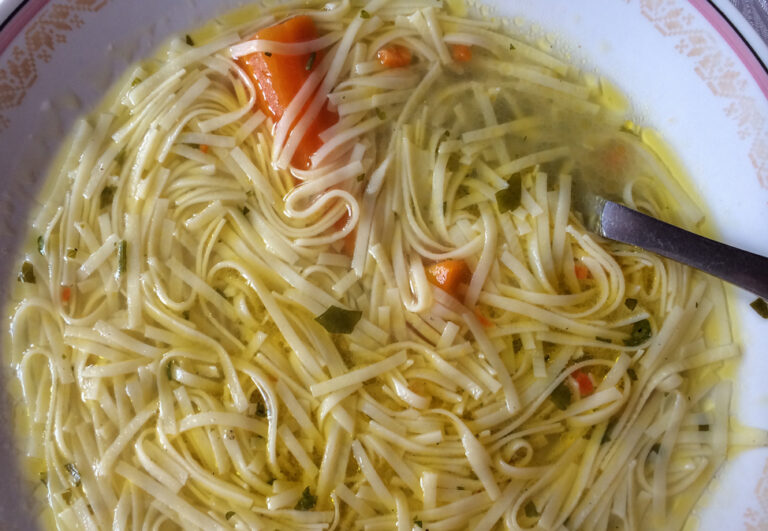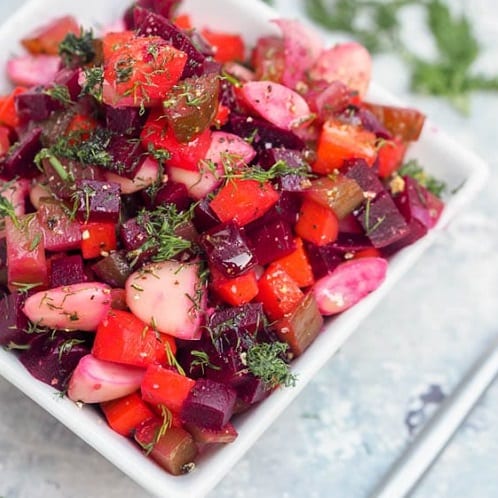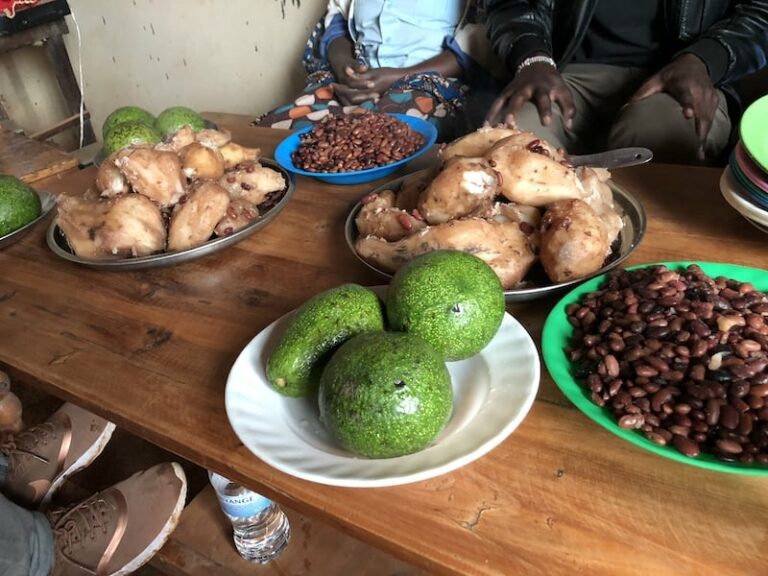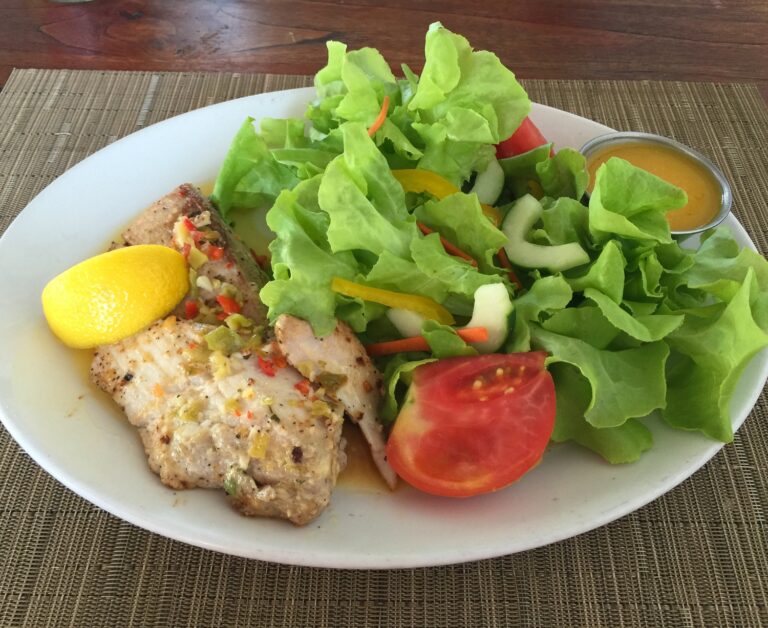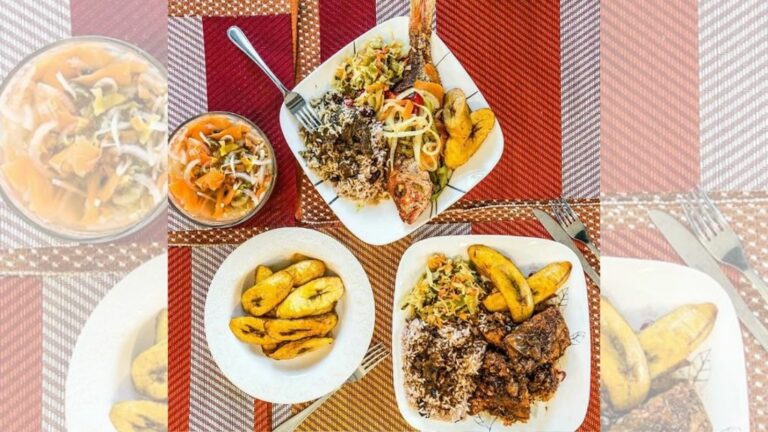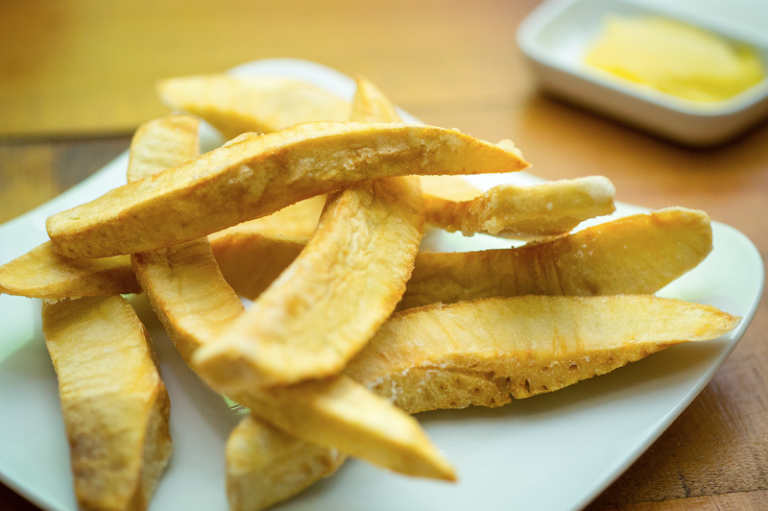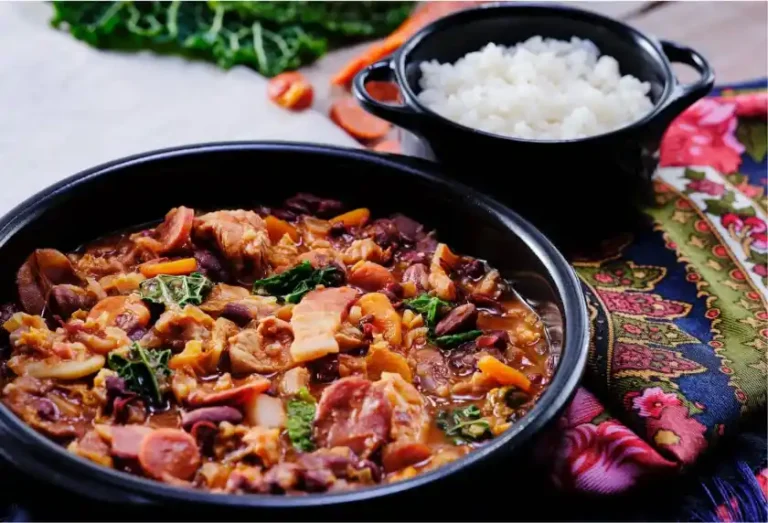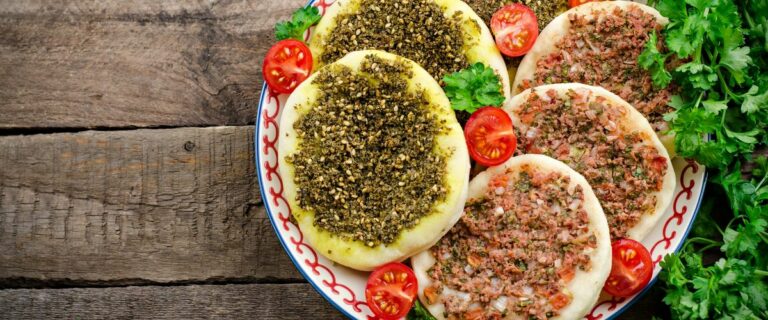Introduction: Romanian Cuisine and Dietary Restrictions
Romanian cuisine is known for its hearty and flavorful dishes that showcase the country’s unique cultural influences. However, for individuals with dietary restrictions such as gluten-free or vegetarian diets, it can be a challenge to find suitable options. Fortunately, traditional Romanian cuisine has a variety of dishes that can accommodate various dietary restrictions, while still retaining their authentic taste and appeal.
Gluten-Free Romanian Dishes: From Soups to Sweets
For those with gluten intolerance, traditional Romanian soups such as ciorba and supa de legume are great options. These soups are made with vegetables and meat, and do not contain any wheat products. Another gluten-free option is mici, a popular Romanian dish made of minced meat and spices, and usually served with mustard and bread. However, for those with gluten allergies, it is best to skip the bread.
When it comes to desserts, one of the most famous Romanian sweets, cozonac, can be made gluten-free by using alternative flours such as rice or almond flour. Other gluten-free options include papanasi, a type of fried doughnut served with sour cream and jam, and poale-n brau, a sweet cheese-based pastry.
Vegetarian Options in Romanian Cuisine: Beyond the Cabbage Rolls
Romanian cuisine is not known for being particularly vegetarian-friendly, as many dishes contain meat or animal products. However, there are still several options for vegetarians to enjoy. For example, sarmale, which are cabbage rolls stuffed with meat, can be made with a vegetarian filling of rice and vegetables. Another vegetable-based dish is zacusca, a spread made of roasted eggplant, peppers, and tomatoes, often served on bread.
In addition to these traditional options, modern Romanian cuisine has also embraced vegetarianism, with many restaurants offering creative vegetarian dishes. One example is salata de vinete, a dip made of mashed eggplant and served with bread or crackers.
Vegan Romanian Dishes: Traditional and Modern Recipes
Veganism is still a relatively new concept in Romania, but there are still several traditional dishes that are vegan-friendly. One example is fasole batuta, a spread made of mashed beans, onion, and oil, served on bread or crackers. Another vegan option is mamaliga, a type of polenta made of cornmeal, which can be served with a variety of vegetable-based toppings.
For more modern vegan options, Romanian chefs have created dishes such as vegan stuffed peppers, made with a filling of rice, vegetables, and tofu, and vegan shepherd’s pie, made with lentils or other plant-based proteins.
Romanian Salads and Appetizers: Safe for Dietary Restrictions
Salads and appetizers are often safe options for those with dietary restrictions, as they usually contain vegetables and fewer potential allergens. Romanian salads such as salata de varza (cabbage salad) and salata de vinete (eggplant salad) are both gluten-free and vegetarian-friendly. Another popular appetizer is ciuperci umplute, which are stuffed mushrooms, often filled with cheese or vegetables.
Conclusion: Enjoying Romanian Cuisine with Dietary Restrictions
While it can be challenging to find suitable options for those with dietary restrictions, Romanian cuisine does offer several dishes that can accommodate various dietary needs. From gluten-free soups to vegan shepherd’s pie, there are plenty of delicious options to try. Whether you’re a strict vegetarian, gluten-free, or vegan, you can still enjoy the flavors and culture of Romania through its diverse cuisine.

